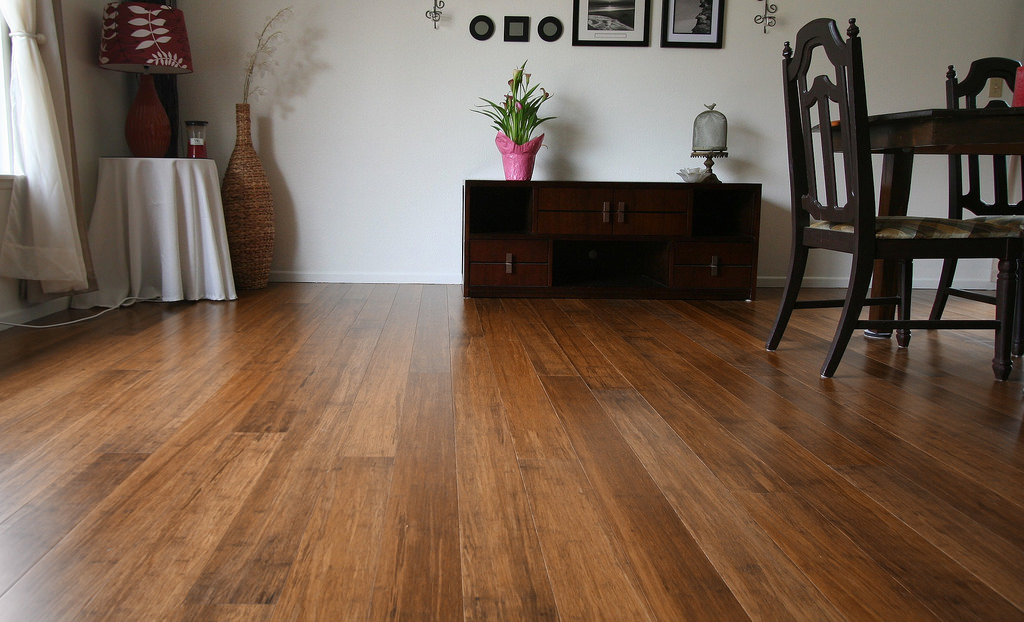Important Details about Bamboo Flooring

Hardwood floor seems to have become a rage with homeowners these days. Besides beautifying your home they also increase the value of your home. The hardwood floors are easy to maintain and are also reasonably priced. Many people are opting for hardwood and bamboo floors as this is Eco-friendly and is also considered a renewable wood source. This gives an elegant and stunning look to your home and it is a preferred choice by many because these do not require any maintenance. Let us talk about the different styles of bamboo flooring so that you will get a complete idea of what you need to opt for.
The making of bamboo flooring
When a bamboo is being harvested, the root is left intact and this leaves a way for further growth of new bamboo. You find that this is normally harvested when the stalks are nearly six years old as this is perfect for strong floors. The flooring does not accommodate any wastage as it is hollow. You find that this works very sustainable because every part of the grass is used. In the initial process you will find that green layer of the bamboo stalk are removed, and then the stalks are cut into strips. These are called logs and they the length of the products for the final flooring. After this you will find the bamboo going through a process of purification which involves boiling. This is able to remove any sugar or insects.
Some of the bamboo used in the process is also steamed. Then the logs are separated in category A and B depending on the quality and are then dried in a kiln. These strips are glued together vertically or horizontally and these are pressed under high pressure. The final process is the milling and this creates the required finish of the bamboo planks. This is the step where the blanks are cut into boards and these are measured with edges that are smooth and can be easily installed.
Knowledge of the different bamboo available
In the market there are multiple colors of bamboo flooring available. Once the bamboo stalks are in strips, it is the manufacturer’s choice whether they want to keep it of a natural color or follow the process of carbonizations as to darken the wood.
- Natural Bamboo: After the bamboo is harvested and stripped, the strips are boiled in order to remove the impurities and then it gets the natural color that is almost blond wood color. This is called the ‘natural bamboo color’ and the boards can be glued after being pressed into planks.
- Carbonized bamboo: The bamboo strips are pressure-steamed after they have been stripped and carbon is added to the chamber where this steaming is done. The carbonized bamboo is available in caramel color, honey color and also in the light coffee color. You need to keep in mind that carbonizing can decrease the strength of the flooring to almost ten percent.
- Stained Bamboo: There is also an option to go for stained bamboo planks .These can be chosen in a wide range of colors. You have the distributors dyeing the bamboo in different colors to enhance your decor. There are multiple options available in the colors and styles of the stained bamboo. You can choose from the surface that can either be left unfinished or opt for the finished surface. You have multiple choices in bamboo flooring and this makes it much easier. You have the advantage of affordability, looks, style and color to lure you into choosing bamboo flooring.



Kudos for the inspiring website you’ve created at topctlimo.com. Your enthusiasm is definitely inspiring. Thanks again!